Idea by
Camille Filbien, Benjamin Wells, Francis Naydler, Jacob Sturdy
Medium
Call for ideas 2019
Common Forms
Common Forms
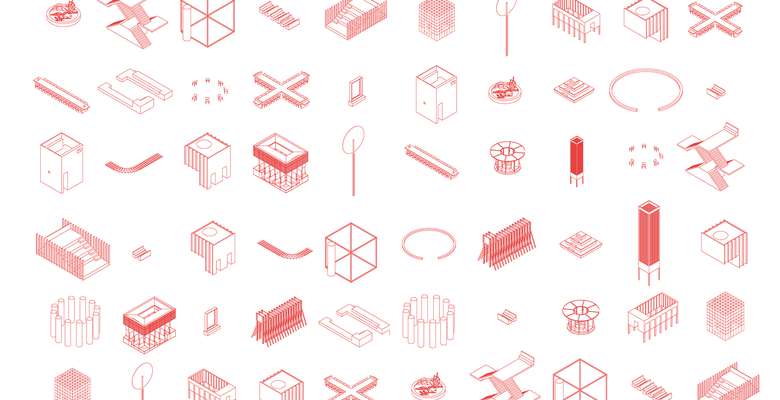
- Site-specific cases
There are countless neglected housing territories across Europe, in which social spaces are deemed to be negated by digital networks and other realms of interaction. Innovative forms of living are reserved for new housing projects, while existing neighbourhoods are overlooked until the point at which they require significant renovation, or else demolition. This approach forgets the transformative potential of creating social space with Common Forms.
Medium’s proposal establishes an alternative strategy for the architectural amelioration of neglected housing districts. Common Forms occupy the threshold between public and private - their function ambiguous and ownership undefined. Common Forms invite multiple interpretations and uses, encouraging commonality and dialogue in the process. Common Forms are attuned to their specific spatial and socioeconomic contexts, but all share an ambition - to delineate and enable collectivity wherever its potential might have been forgotten.
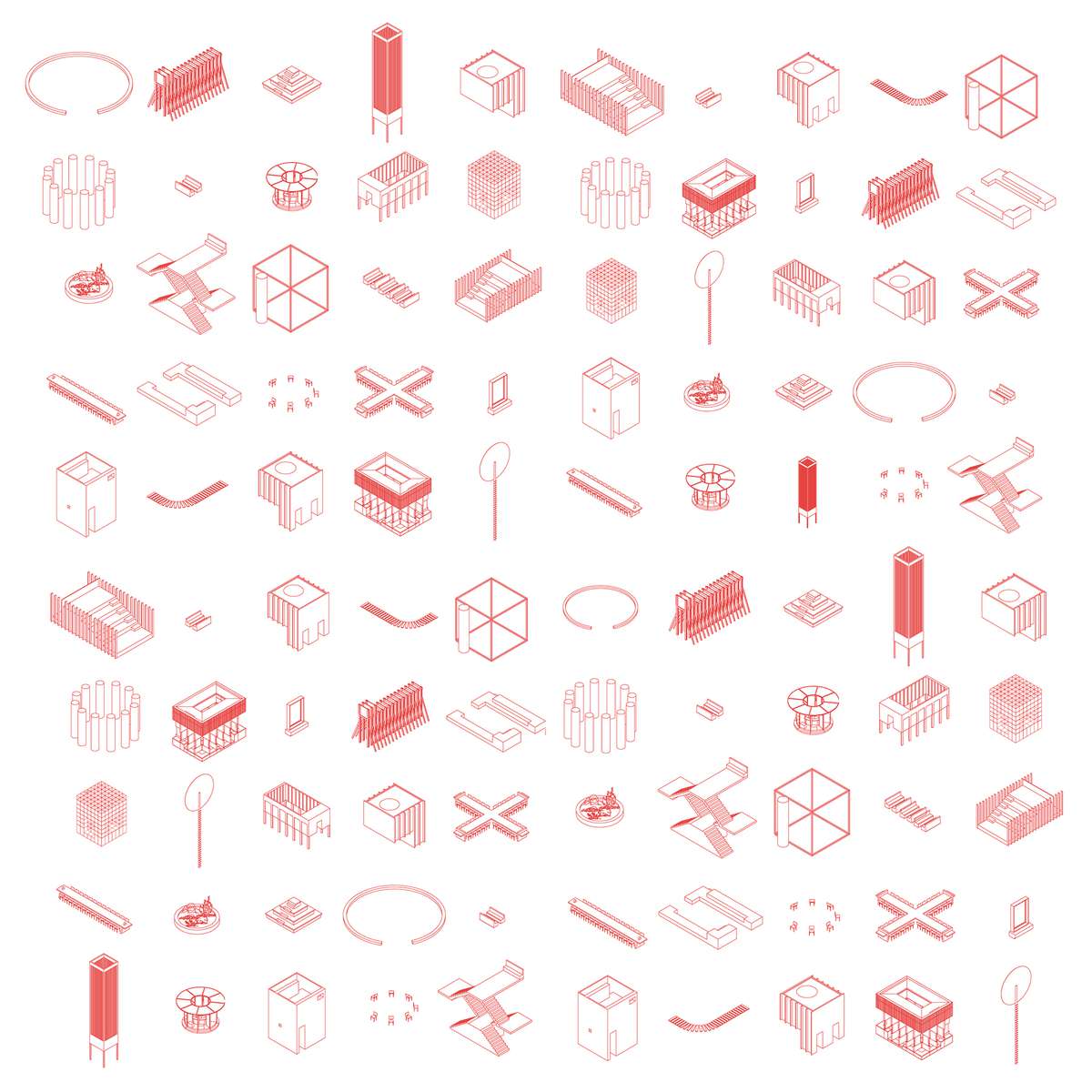
Each Common Form responds to its specific spatial and socioeconomic context, but all look towards collective action through participation and engagement.
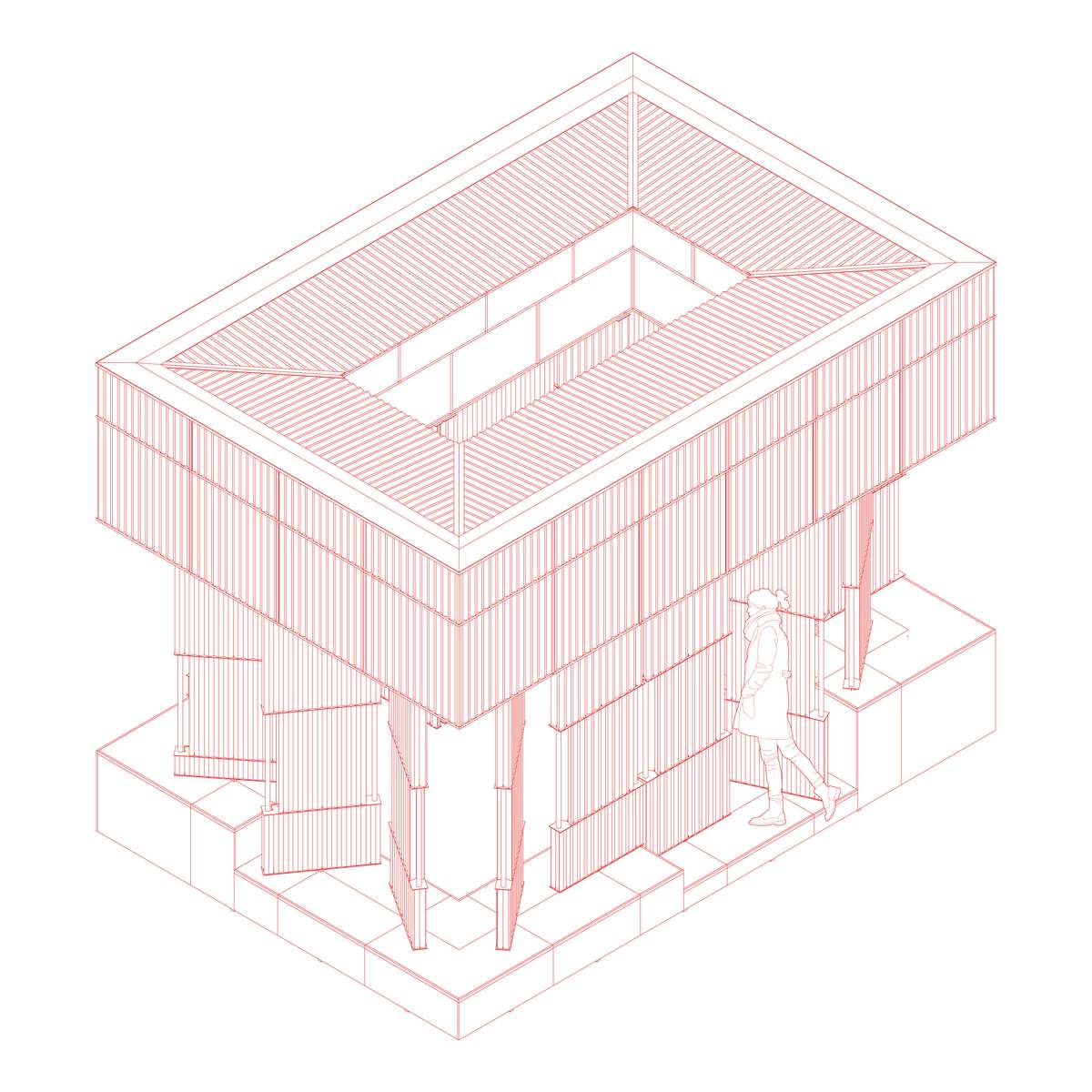
8-23-VI - a Common Form designed for the Gldani microdistrict in Tbilisi, Georgia. Its continuous surface of rotating shutters allow the pavilion to mediate between the public and the private.
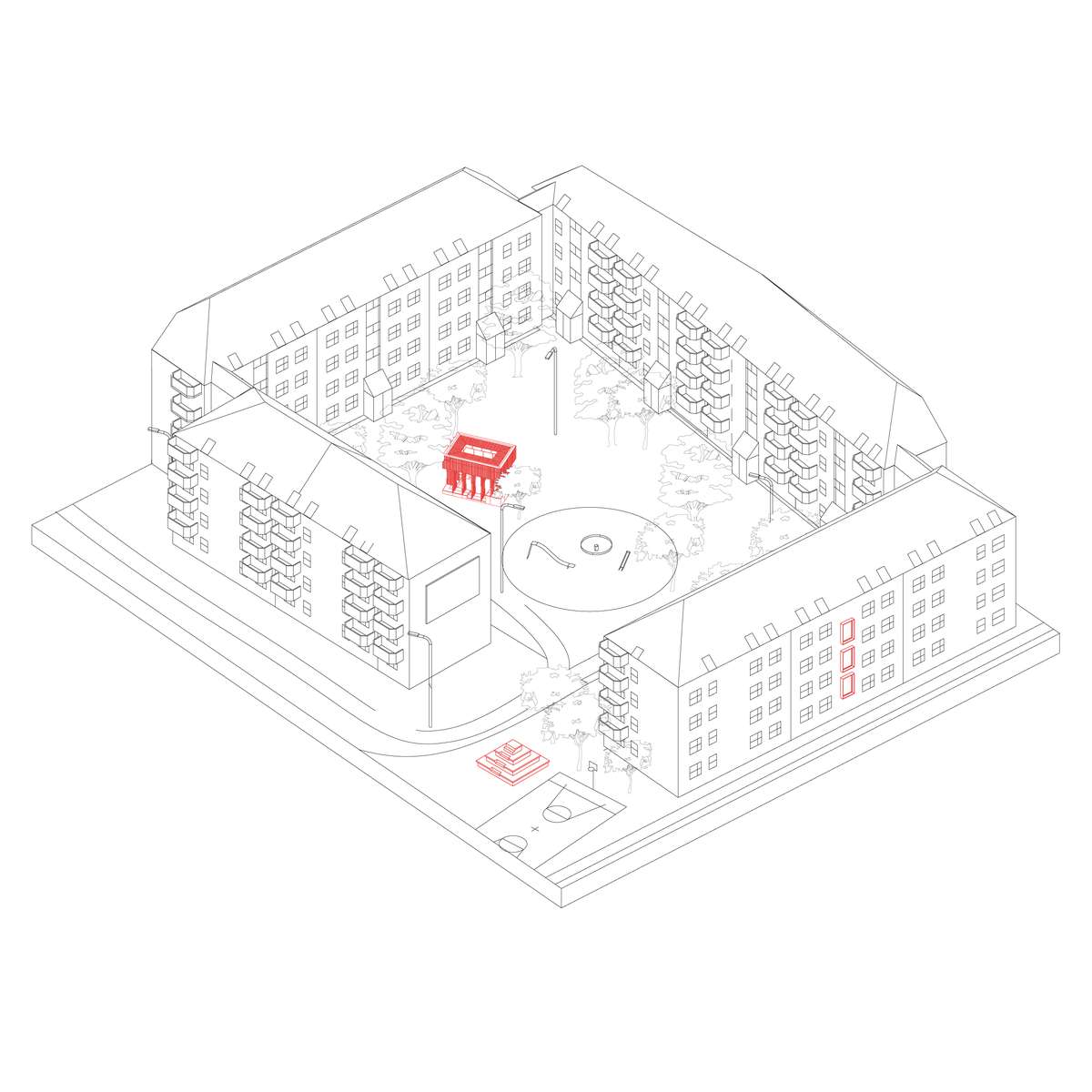
Common Forms designed for the Mjølnerparken housing district in Copenhagen, recently labeled a ‘ghetto’ by the Danish government. These architectural ameliorations suggest an alternative to the proposed demolition.
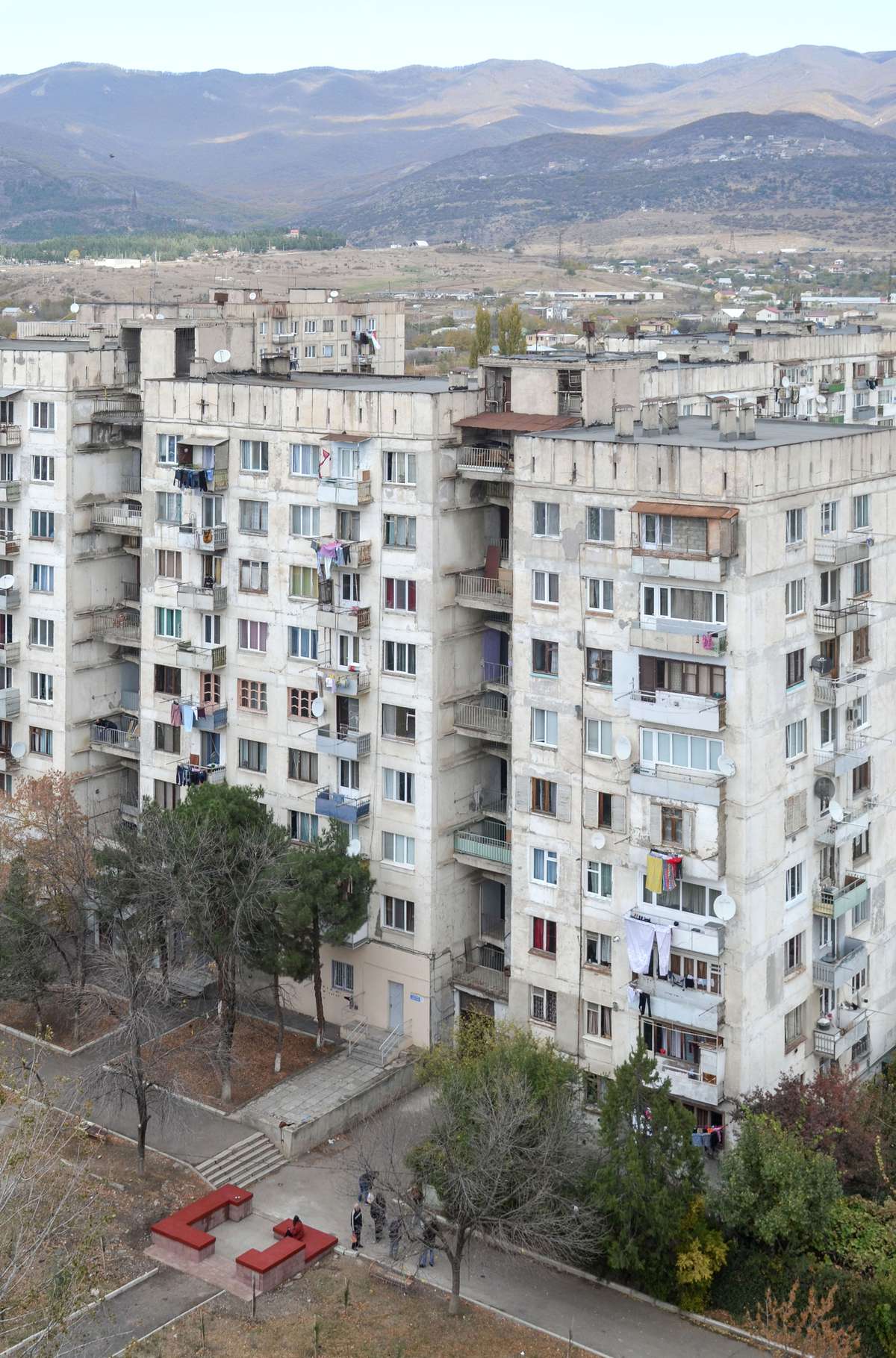
The first phase of 8-23-VI in Gldani, Tbilisi - built to establish a dialogue between a shared semi-private stairwell and the surrounding public realm.
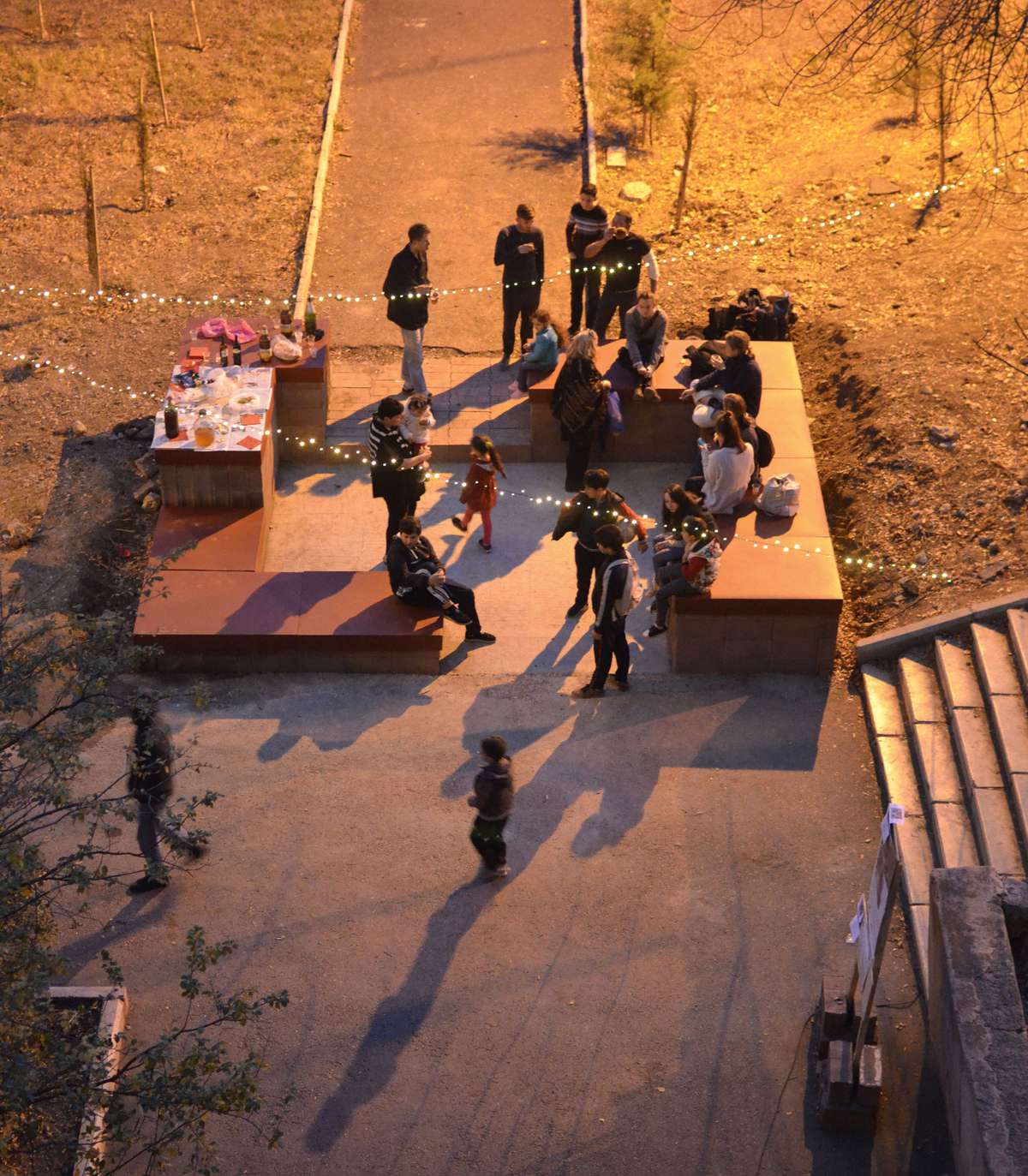
8-23-VI invites differing interpretations and multiple uses - a Common Form that is activated through its collective use.
Common Forms
Common Forms

- Site-specific cases
There are countless neglected housing territories across Europe, in which social spaces are deemed to be negated by digital networks and other realms of interaction. Innovative forms of living are reserved for new housing projects, while existing neighbourhoods are overlooked until the point at which they require significant renovation, or else demolition. This approach forgets the transformative potential of creating social space with Common Forms.
Medium’s proposal establishes an alternative strategy for the architectural amelioration of neglected housing districts. Common Forms occupy the threshold between public and private - their function ambiguous and ownership undefined. Common Forms invite multiple interpretations and uses, encouraging commonality and dialogue in the process. Common Forms are attuned to their specific spatial and socioeconomic contexts, but all share an ambition - to delineate and enable collectivity wherever its potential might have been forgotten.
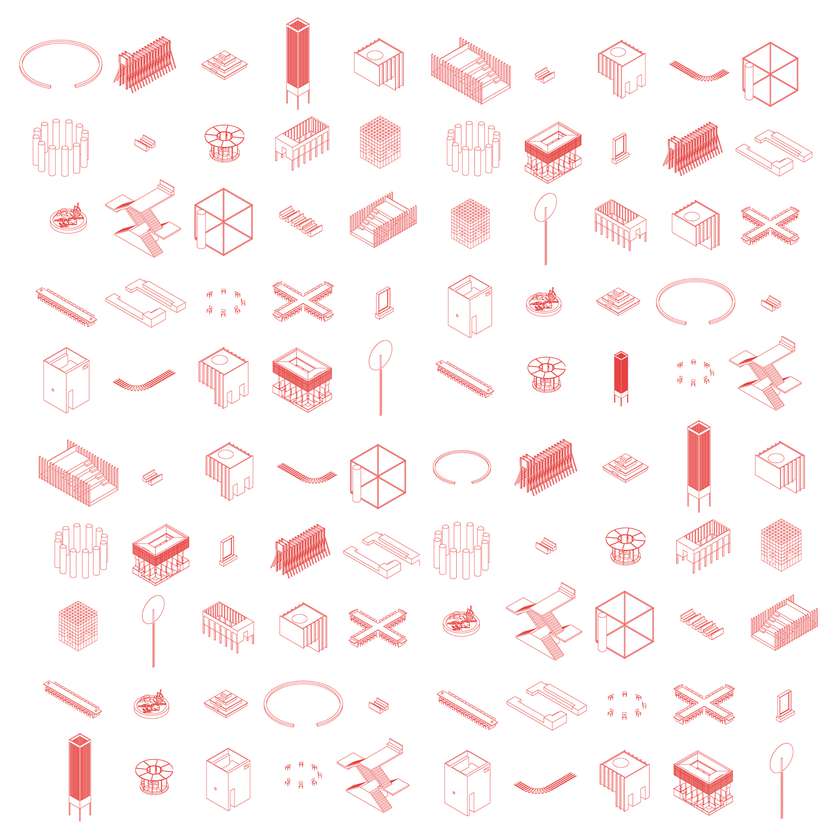
Each Common Form responds to its specific spatial and socioeconomic context, but all look towards collective action through participation and engagement.
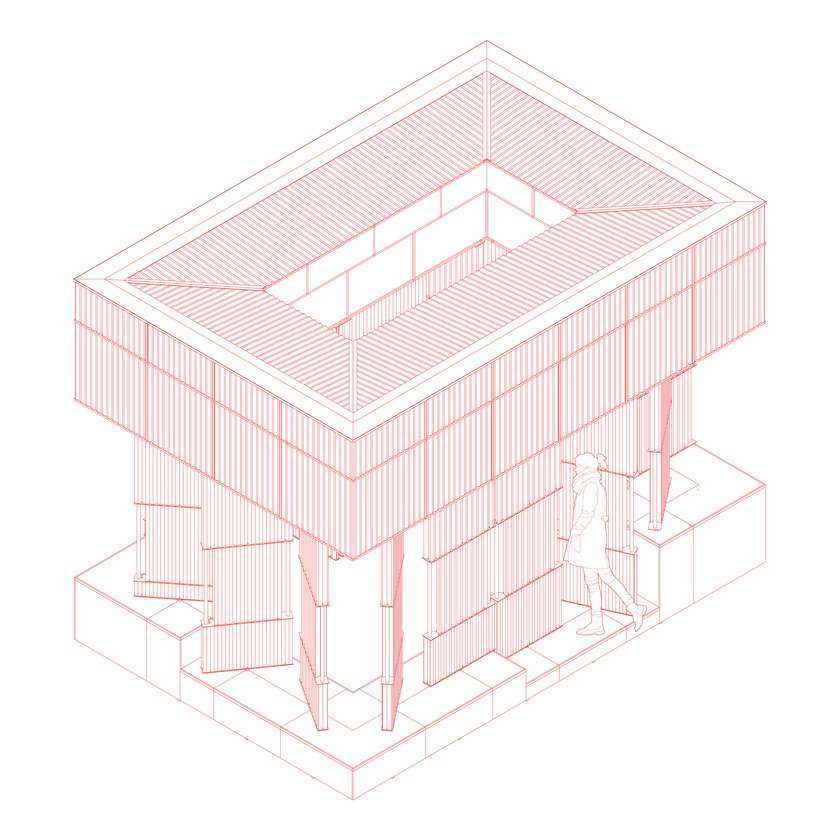
8-23-VI - a Common Form designed for the Gldani microdistrict in Tbilisi, Georgia. Its continuous surface of rotating shutters allow the pavilion to mediate between the public and the private.
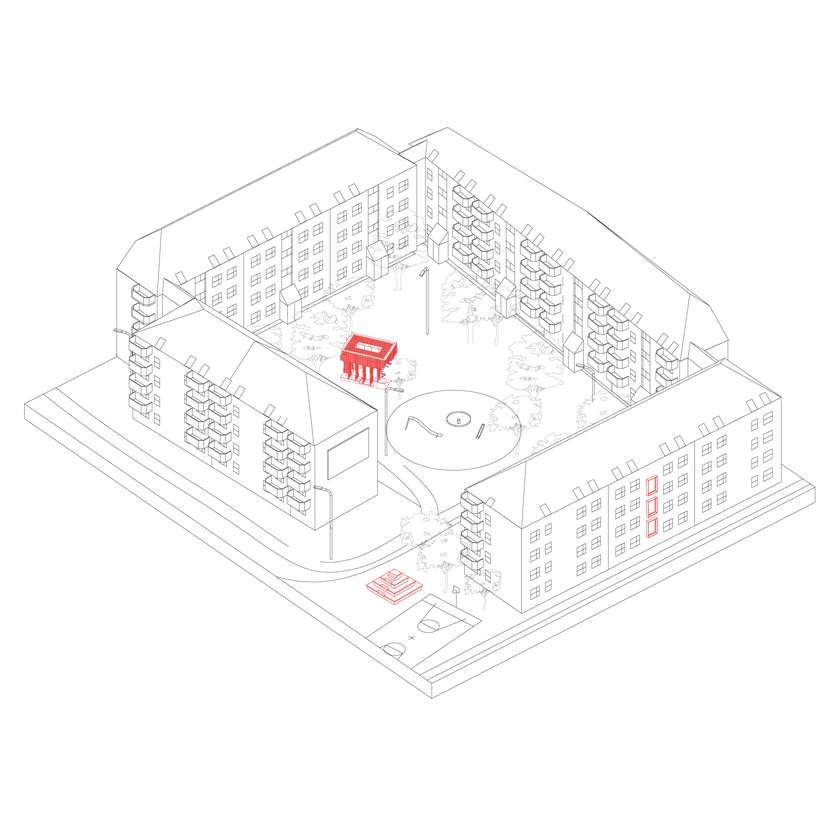
Common Forms designed for the Mjølnerparken housing district in Copenhagen, recently labeled a ‘ghetto’ by the Danish government. These architectural ameliorations suggest an alternative to the proposed demolition.
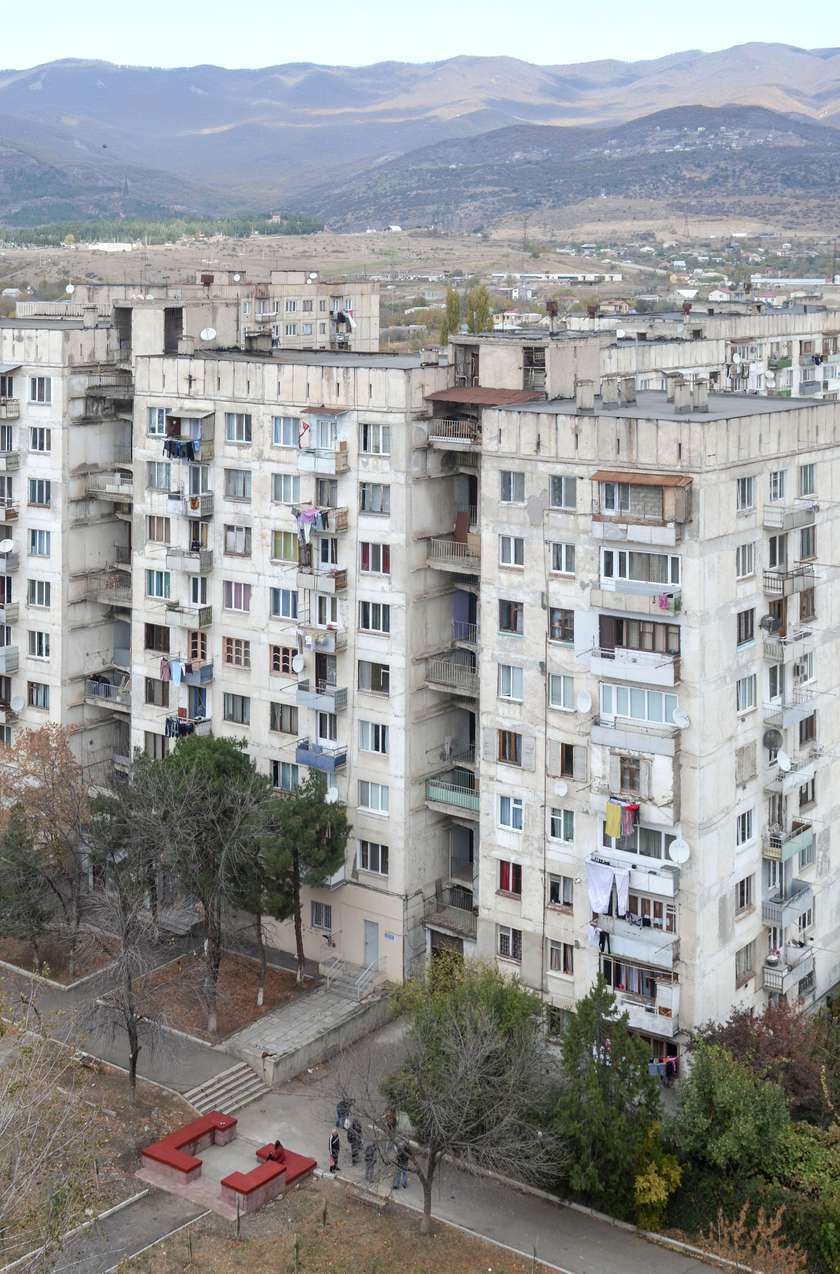
The first phase of 8-23-VI in Gldani, Tbilisi - built to establish a dialogue between a shared semi-private stairwell and the surrounding public realm.
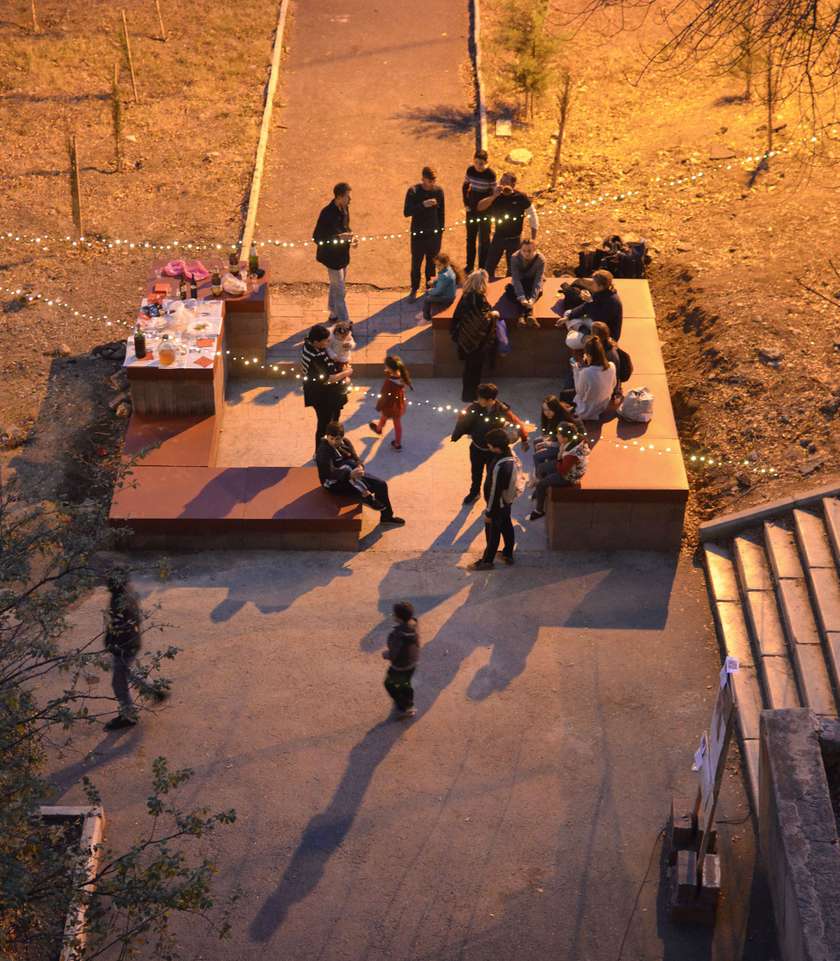
8-23-VI invites differing interpretations and multiple uses - a Common Form that is activated through its collective use.